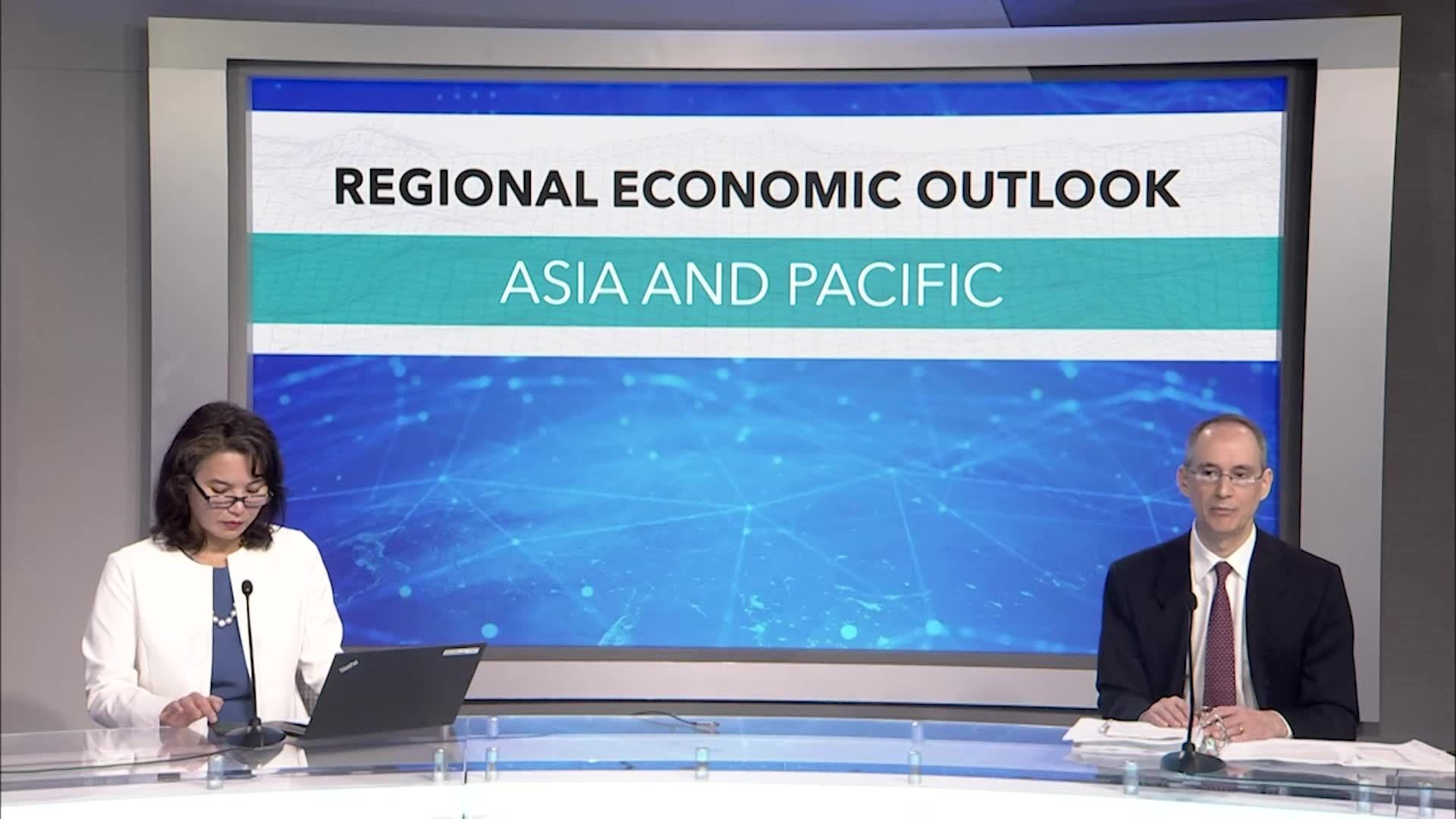The IMF is predicting the worst economic decline in Asia in generations due to Covid-19 and warning that rising inequality could lead to social unrest in the newly released Asia Pacific Regional Economic Outlook released Wednesday (October 21) in Washington, DC.
“The Asia Pacific region has been hit hard by the pandemic. You've seen our projections with regional growth at minus 2.2 percent. 2020 will be remembered as the most severe contraction in generations,” said Jonathan Ostry, IMF Deputy Director of the Asia Pacific Department.
He warned that if governments fail to take action that 10’s of millions may be pushed into extreme poverty, risking widening economic inequality with the result possibly being street protests and social unrest.
“Inequality in Asia had been rising even before the crisis, and the pandemic is hitting those at the bottom even harder than the rest. The limited reach of social safety nets and large size of informal sectors is proving to be a roadblock to supporting the most vulnerable at this critical time. Robotization, which is already well advanced in Asia, may displace even more lower skilled workers. Going forward. The resulting higher levels of inequality could even lead to social unrest itself, an obvious impediment to sustained economic growth,” Ostry told reporters.
The IMF is forecasting a recovery in 2021, but this years drop in economic growth may mean that a full recovery is years away he warned.
“For 2021, our projection of 6.9 percent growth is slightly stronger than we had in June. But in combination with the deep recessions this year, it nevertheless implies that a number of economies will still be smaller at the end of 2021 than before the pandemic,” said Ostry.
Steep losses in 2020 have erased the idea of a temporary hit to the region’s economy, with a “Vee-shaped recovery” out of reach.
“Economic scarring seems a near certainty at this point. Our projections suggest that potential output by the middle of this decade could be some five percent lower than before the pandemic due to the fall in labor force participation and weak confidence that dims private investment.”
China has been a bright spot of growth, and Ostry praised the government’s quick and decisive measures put in place to stem the impact of the virus, followed by testing and contact-tracing measures to prevent flare-ups. He also praised Vietnam and Japan for their efforts.
But China’s current growth may be temporarily robust, and it should use the current time to rebalance its economy to encourage more domestic consumption, Ostry said.
“A lot of the exports of China, however, are very specifically related to medical equipment and home electronics. The things that are really being used by the world as a whole during the pandemic. And, you know, the half-life of these exports is probably pretty short. The demand for lots of medical equipment and lots of home electronics will eventually peeter out.”
A full copy of the report can be found at: https://www.imf.org/en/Publications/REO/APAC/Issues/2020/10/21/regional-economic-outlook-apd

